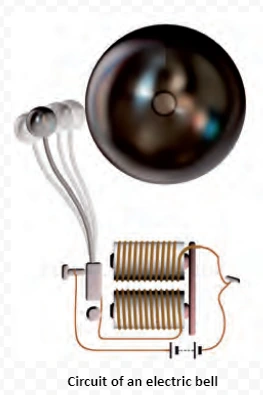![]() 15 Dec 2023
15 Dec 2023

The credit for the invention of the electric bulb is usually given to Thomas Alva Edison (A.D. 1847 – 1931), though others before him had worked on it. He was a remarkable man. He made some 1300 inventions including the electric bulb, gramophone, the motion picture camera and the carbon transmitter, which facilitated the invention of the telephone.
<div class="new-fform">
</div>